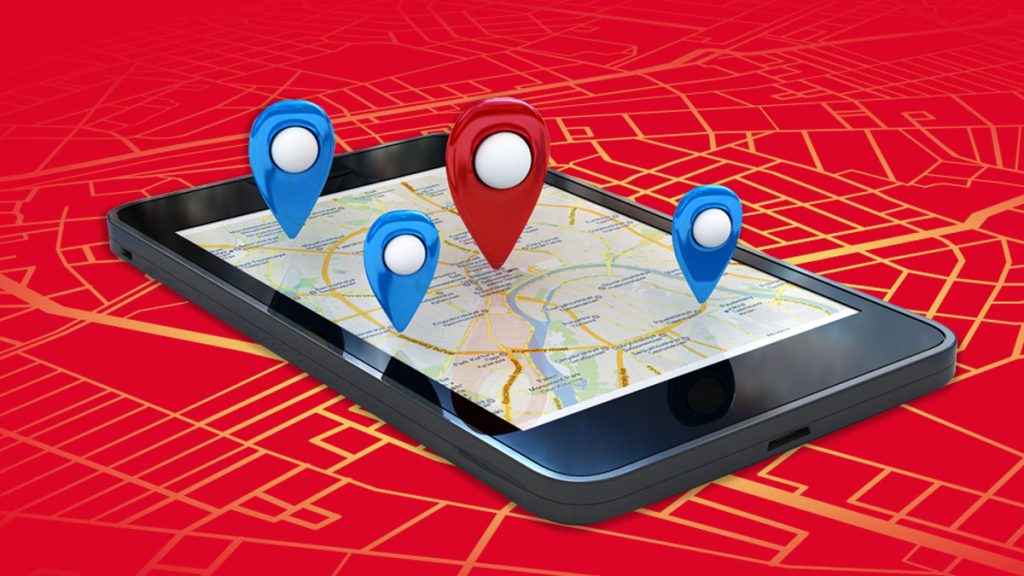
In the age of information and the attention economy, the advertising industry is experiencing major changes. The Meta (Facebook) share drop might mark the beginning of great change coming to the advertising industry, and telecom companies might be at the center of it all.
The pursuit of digital advertising by telcos is not a new phenomenon. Early telco-led mobile marketing and advertising activities predate the iPhone’s release in mid-2007. Beginning with pre-iPhone basic text-messaging marketing, the journey progressed from display advertising to an increasingly sophisticated data-driven strategy. What is new is the rush of investments made in recent years by the main US telcos and others, most notably SingTel, to compete more comprehensively and effectively in the advertising/media arena.
Telcos are Pushing the Envelope
Telecom networks have long served as conduits for companies such as Google, Facebook, and Amazon, among others, to provide new and disruptive (mainly free) services that make billions in advertising income. Many of these same businesses have also launched services like texting, voice calls, and video-on-demand, which have sucked income away from the telcos that supply the networks they use.
In this context, different and developing telecom advertising tactics are emerging. And what a difference a year can make in the US market. In 2017, it appeared like Verizon and AT&T were both doubling down on their advertising/media business strategies, intending to increase their share of the entire advertising pie and, in turn, siphoning off advertising profits from Google and Facebook, among others.
Opportunities for Telcos in Advertising
It is safe to say that the future of advertising will be digital. While conventional advertising spending may have peaked, investment in digital advertising continues to drive total industry growth. According to eMarketer, worldwide digital advertising revenues hit $273 billion in 2018, accounting for 44% of total advertising expenditure. The specialist research group anticipates digital to account for half of the country’s worldwide advertising spending by 2020 and to surpass conventional media spending by 2021, reaching US$427 billion globally in 2022. It should be highlighted that SMS, MMS, and P2P messaging-based advertising are not included in eMarketer’s definition of digital advertising.
As smartphones with larger displays and quicker internet become more popular, mobile advertising is displacing desktop advertising.
Telcos, as a result, have distinct opportunities awaiting them in the advertising industry both in a B2C and B2B capacity. Here are several advantages that telcos have in advertising.
Enhanced Targeting
To better generate usable audiences, brands are prepared to spend extra for greater targeting and the creation of distinct segments utilizing first-party data. This is a compelling offer for companies because of the statistics and insights provided by propensity models. Consider the cycle in which more firms must rely on alternate sources to reach relevant people in the post-cookie marketing environment. For insights generation, creativity and attention to marketing analytics are required.
Revenue Diversification
As digital advertising spending increases, there is an unexplored possibility for revenue diversification. The area is expected to have its first year of growth since 2014, with a 10% increase. Digital will account for 65% of overall marketing spending. As a result, monetization and the development of co-ops will have demonstrable value for mobile app and streaming services, marketplaces, and online site assets.
Big Data Getting Bigger
Data will continue to be the driving force behind businesses’ success, transforming the business of customer performance into the business of experiences. Growth will come from services such as marketplaces, cloud computing, cybersecurity, and interactive and immersive experiences. Other crucially, the data crumbs will allow more parties with assets, such as telecoms, to fuel future development.
New Reality
The new reality has compelled businesses to examine how people interact with their brands, and the fluidity of those interactions has galvanized the most important client. Channel optimization, CRMs, innovation, marketing model transformation, the performance of sales and service roles, and alignment with products/services are all critical. It would not be unexpected to see a telecom become the next super-app, allowing you to manage your shopping, bills, payments, discounts, delivery, and charity all in one spot! That is the epitome of variety.
Digital First Advertising
Shopping habits will be increasingly digital-focused, which means that Amazon, Google, Facebook, and other local partners will continue to play an important role in assisting companies in creating their outreach through a full-funnel strategy. This implies that telecoms that can develop performance and brand-driven capabilities through data monetization of their insights and first-party data; loyalty programs will see participation on an ongoing basis.
Massive Data Availability
64% of brands that use telecom data assets are lured in by the amount and breadth of data accessible. Real-time location data, network intelligence, transactional data, content usage, app usage data, phone makers, voice/messaging, and the ability to create segments in customer data platforms that super-lay first- and third-party data ecosystems that could bundle retirement groups, families, younger people, and youth into interest groups and classifications that make it easier for brands to connect with them in their native states of surfing or app and online experiences.
Closing Thoughts
Telcos have a large role to play in the future of advertising. With their distinct infrastructural and data gathering abilities, the era of targeted advertising may be in their control.
Inside Telecom provides you with an extensive list of content covering all aspects of the tech industry. Keep an eye on our Telecoms sections to stay informed and up-to-date with our daily articles.